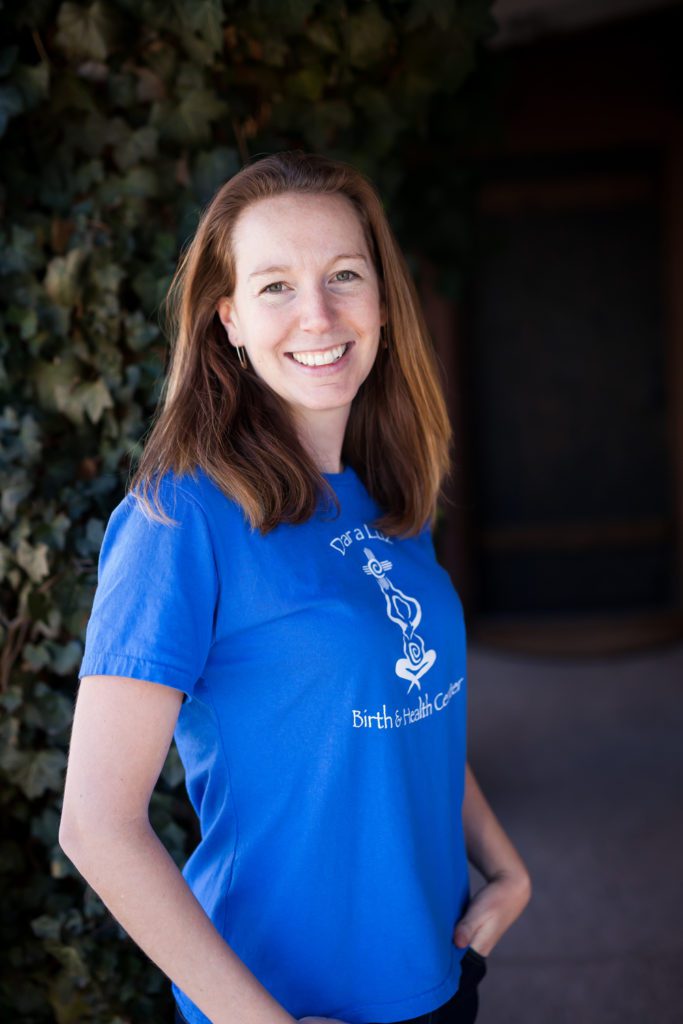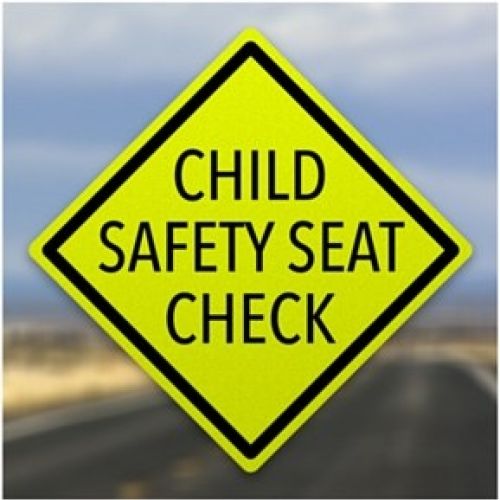Open Enrollment
by Erica Deerinwater, Billing Specialist
If you receive your health insurance through an employer, you’ve probably already received information about upcoming open enrollment. These documents can feel both overwhelming and useless at the same time. Most Americans struggle with understanding health benefits and choosing a health plan that is the best for their family. Weighing everything from premiums to deductibles to HSA plans may have you wondering, “What should I be asking?” In this article, I’ve included some questions you can ask your employer or health plan to make sure you are choosing a plan that best fits your healthcare needs.
How Should I Prepare for Open Enrollment?
Before the start of the open enrollment period, spend time determining what coverage you could need in the coming year. Some questions to ask include:
- What do you like or dislike about your current plan?
- Did you take full advantage of your plan in the prior year?
- Are your prescriptions and preferred providers covered under next year’s plan?
- Do you have any upcoming health needs (surgery, medication change, pregnancy, etc.) or changes to your medical history that require more or less coverage?
- Which benefits are most important to you?
You also need to consider how much you want to spend. It’s important to consider the full cost of coverage, including premiums, co-payments, co-insurance, deductibles and possible out-of-pocket expenses. (See last year’s article for more information!)
When creating a health insurance budget, you should develop a best and worst case estimate for the coming year based on current health, medications and any other expected needs. You should talk with your preferred providers, who may recommend tests or procedures that will increase health care costs. Fair Health Consumer provides medical and dental cost estimates to help build a budget, and if you are unsure about insurance terms, the Centers for Medicare and Medicaid Services provides a glossary.
What’s the Difference Among Types of Health Plans?
The various plan types generally included in a benefits package — health maintenance organization (HMO), preferred provider organization (PPO), and exclusive provider organization (EPO) — have different ways of structuring and using their networks.
- HMOs offer the least flexibility in terms of in-network providers but usually have the lowest monthly costs.
- EPOs are a bit more flexible but usually cost more than HMOs.
- PPOs, which offer the most flexibility, are typically the most expensive.
Clear as mud? Here’s another one: a high deductible health plan (HDHP), sometimes referred to as an HSA plan. An HDHP can be a PPO, an HMO or an EPO. HDHP simply works differently than more traditional plans in that there are no copays. With an HDHP, you will pay everything out-of-pocket until you reach your deductible. After that, the plan’s coinsurance kicks-in, and the insurer picks up a percentage of the bills (coinsurance) until you reach your out-of-pocket maximum.
What is a Qualifying Life Event (QLE)?
Qualifying Life Events allow you to make changes to your insurance plan within a set period of time (usually 30 days), regardless of if they occur during the open enrollment window or not. Common QLEs include, but are not limited to the following:
- Marriage, divorce, or legal separation
- Birth or adoption of a child
- Death of a spouse or child
- Change in spouse’s employment or insurance status
The key thing to remember is that the QLE is the day of the event, and you cannot change prior to the event having occurred. So, for example, if you wanted to change plans for the birth of your child you would have to do that after the child is born. If you do not make this change within 30 days of any of these events, you have missed the opportunity to add/change dependents or change plans.
Has the employer’s prescription drug coverage changed?
The majority of employers identify managing prescription drug expenses — especially for specialty drugs — as their top priority. Find out if your employer has put in new approved drug lists, implemented exclusions or established a new approval process that might mean your drugs are no longer covered, must be pre-approved or will cost you more money. A change in pharmacy benefit managers, or suppliers, might also trigger changes.
Are my preferred doctors and other medical service providers still covered?
Some employers change health insurance companies, plans or provider networks to better manage costs. This can mean that employees’ preferred doctors and hospitals are no longer in the provider networks available to them. Find out which of your new plan options accept your current health care providers.
This is especially important if you work for one of our local hospitals such as Presbyterian, UNMH, or Lovelace. These employee plans severely limit your benefits when you go outside of their provider network. Dar a Luz is considered either Tier II (Lovelace), Out of network (UNMH), or completely not covered (Presbyterian). APS Presbyterian plans also consider Dar a Luz providers as non-covered. If you have any concerns about whether or not DAL is covered under a new plan, please contact your HR representative or Insurance to ask if “Abigail Lanin Eaves” and “Dar a Luz Birth Center” are considered in-network.
Insurance is something that almost all of us have, and most of us dread. Learning your benefits and how they apply to your specific health situation can save you so much time, money, and frustration during a health event. Remember that you are purchasing a service with insurance, so make sure that service is one that you not only need, but serves you and your family well.
Best of luck during this open enrollment period!
Erica
Erica is a native New Mexican who has worked with tech and the medical community for most of her professional career, from medical filing to front office to providing technical training to nurses and doctors.
Her first child was born by cesarean, and her second child was born naturally at Dar a Luz in 2011. She then became the certified professional biller and coder for the birth center. She also does insurance verification, submits prior authorizations, and creates client financial agreements.
She enjoys helping Dar a Luz clients make the most of their insurance coverage, and feels so very lucky and honored be part of such an amazing group of women and the birth center’s mission.




